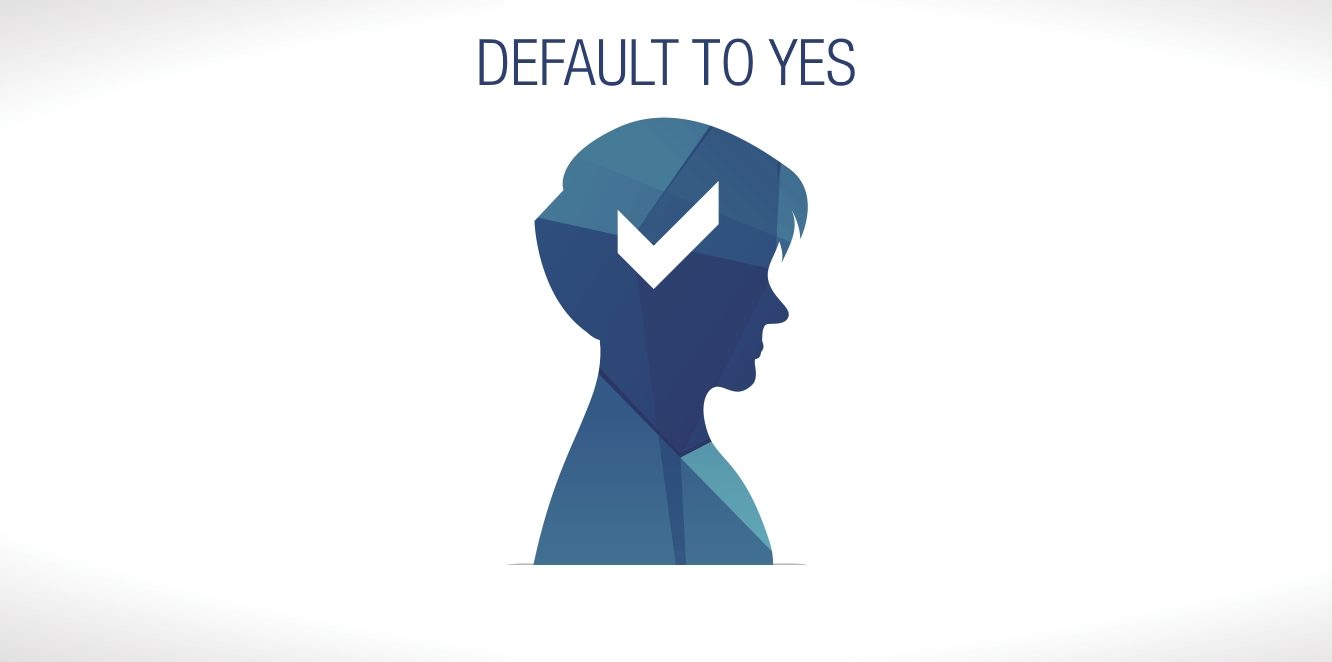I heard once that the process of approving or underwriting a loan is simply a blend of art mixed with a nice dose of science. As one rolls into the process of underwriting, the easy yeses are those that we grow comfortable with. They don’t go bad as often and honestly they often take much less work to put together.
That’s what we have become really good at–the A/B paper loans. But that’s disqualifying a large portion of what the marketplace looks like these days. There is a large pool of new borrowers and an equal number of folks with past due payment/performance challenges that has impacted their credit. Are we treating those people as a No until they’re a Yes?
So how can we do things a little differently with the group of members that can really benefit from us spending a bit of extra time and effort with them? That does not simply mean sit down and personally take the application and then funnel it into the normal underwriting process. This requires an entirely new process to the loan. So, when the easy YES doesn’t present itself, the path less traveled should be taken. Ask “how can we say yes to this loan anyways?”
Start by asking some of those basic relationship questions of the system. What other relationships does the member have with you? How long have they been a member? Have they ever had any repayment issues with you, and if so what were the surrounding circumstances? Do they direct deposit their payroll with you? Are there other family members that belong to the credit union that may be available to co-sign? What is the collateral truly worth? How can you price the loan that makes sense for both parties? And finally, a second set of eyes at your CU before you ever say no to a loan can make a lot of sense.
Change is difficult. How do you even start to change? First, by confirming that your policies have the flexibility to do things differently. If not then make the changes necessary for a second look program. Look to the network if you need some outside assistance. There are many success stories of credit unions evolving their underwriting parameters to include second look options for loans that in the past may not have fallen into the easy to say yes to buckets. There are also experts out there that can work with you to help define and design a program that will meet your project goals at your credit union by expanding the potential pool of members whose loans needs fit under the umbrella of products and services you provide.
At the end of the day this is something that takes real focus and organizational change to successfully implement. So let’s not forget it is all about the member and how we can work to meet their financial needs.
